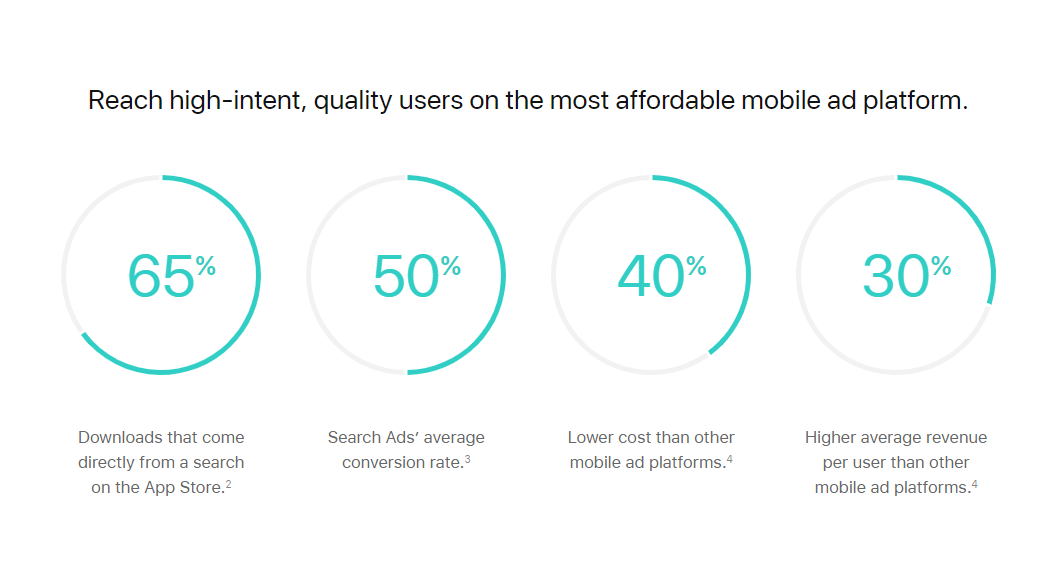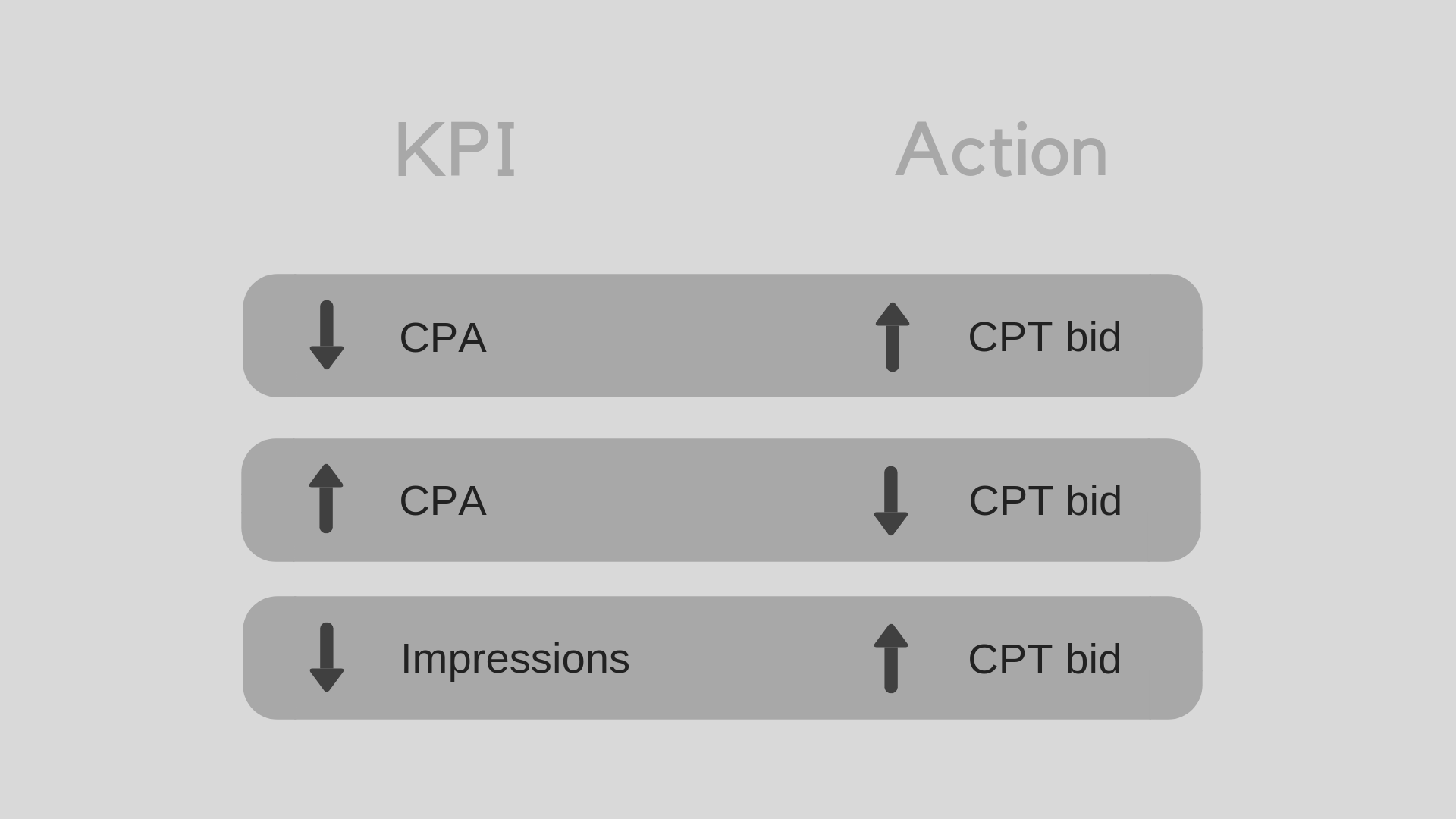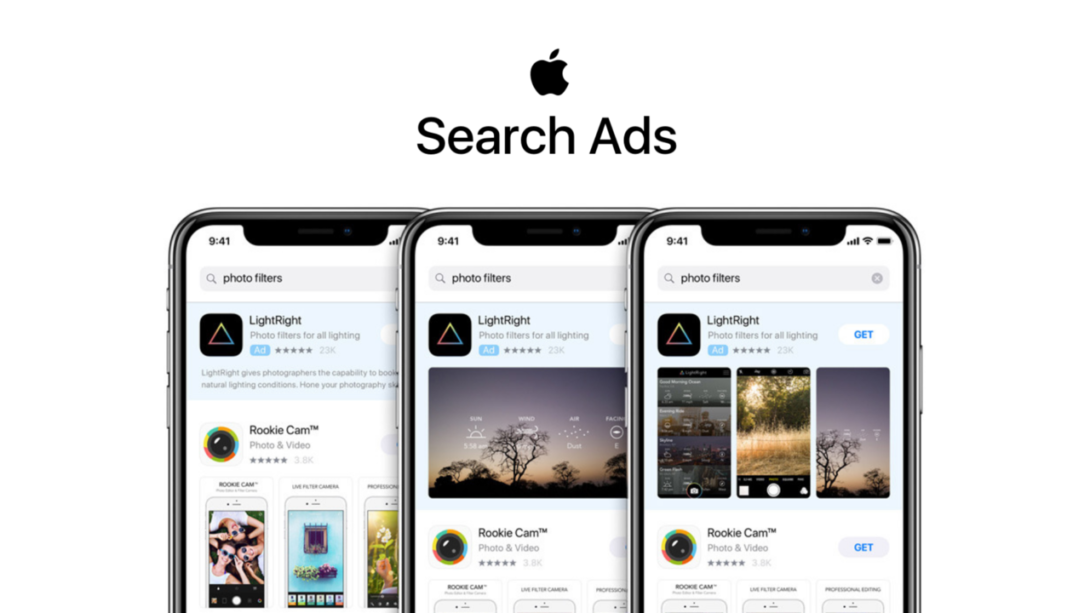Apple Search ads is a relatively new channel that had its debut in October 2016, and that in August 2018 extended its service to a total of 13 countries, adding France, Germany, Italy, Japan, South Korea and Spain to their list of countries.
Taking into account that 70% of App Store users use the search to discover apps and that the average conversion rate in Search ads is 50%, it is an essential channel for any app that has an iOS version.

In the following article I will explain better how to structure Apple Search ads campaigns and the best practices to optimize them.
Structuring Apple Search campaigns
Before explaining how a campaign should be structured in Apple Search ads I would like to clarify some terms that we will see later:
Exact match: A keyword option where we only bid for the selected keyword.
Broad match: A keyword option where we bid for the selected keyword and keywords related to it as synonyms and misspellings.
Search match: Option within the ad group level in which you bid for keywords that are in the landing page of our app.
Negative keyword: Keywords for which we do not want to bid.
CPT (Cost per tap): How much we pay each time a user taps our ad.
CPA (Cost per acquisition): Cost per acquisition, in other words, CPI.
CR (Conversion rate): How many users who tap do finally install the app.
¿What does Apple recommend?
In a recent visit of the Apple team to Barcelona in order to promote the platform of Apple Search ads, they made it clear that the most advisable thing was to create 4 campaigns with 2 different objectives:
-
- The first 3 campaigns will aim to achieve a high volume of downloads.
- The 4th campaign will aim to discover new keywords that will then be added to the first 3 campaigns.

Volume campaigns:
The volume campaigns will be responsible for generating the largest number of downloads of our application at the lowest CPA.
All the keywords within the volume campaigns must have “Exact Match” since we want to be sure that we will only bid for those keywords.
We will also disable the “Search match” option because we do not want Apple to suggest keywords based on our app’s landing page.
How much should I bid on these keywords?
Keep in mind that unlike other channels, in Apple Search we pay for each tap that users make in our ads, therefore we will also have to consider the CR that we could obtain to determine what will finally be our CPA.
For example: If we bid 1 € of CPT for a keyword and finally we ended up paying 0.6 € for CPT, but our CR was 20%, it means that to obtain an installation we’ll need 5 taps, which makes me finally pay 3€ for each installation.
As a general rule, the more related the keyword is with our app, the higher the CR.
1) Brand campaign:
In this campaign we will add both the name of our app and variants. For example, in the case of an app like Memrise (language app) we can add keywords like “memrise”, “memorise”, “memorize”, “memrize”, “memrice”.
Regarding the budget allocated to this campaign will depend a lot on how much we are interested in protecting our brand from other competitors that are bidding on the same keywords.
How much should I bid on these keywords?
The bid for the keywords in this campaign should be higher compared to other campaigns because the CR will probably be higher. After all, what keyword will be more related to our app than the name of the app itself?
2) Competitors campaign:
There is nothing wrong in stealing some downloads from our competitors, especially if we do it with a low CPA. That is why it is highly recommended to create a campaign in which we will put the keywords of our closest competitors. In the case of Memrise we can use keywords like ‘duolingo’, ‘babbel’, ‘busuu’, ‘google translate’, etc.
We must remember that the more direct our competitor is, the higher the CR should be since users will be more likely to use an alternative more similar to the app they searched for.
Pop quiz: For Memrise, which keyword do you think would give us a higher CR: ‘duolingo’ or ‘google translate’?
We probably have a higher CR for the keyword ‘duolingo’ since someone who is looking for duolingo probably wants to learn a new language, while someone who searches for ‘google translate’ probably needs translation into different languages.
3) Generic campaign:
Here we will put all kinds of keywords that do not enter the category of competitors or brand, but are still related to our app. Continuing with the example of Memrise, we can include keywords such as “languages”, “language”, “Spanish”, “learn”, etc. We shouldn’t restrict ourselves at the moment of generating these keywords since we never know which ones will perform better.
As for the bid for these keywords; It should be lower compared to brand keywords or competitors since they are less related to our app and the CR will be lower.
Pro tip:
We can use tools like Appannie to make a list of the top 100 apps in the country that we have presence in the main categories that represent our app. Many of these apps could serve as keywords for our generic campaign.

When bidding we must bear in mind that some categories correspond better with our app than others, for example in the case of Memrise, apps within the category of education will have a higher CR than apps within the category of games, which tells us that we should bid higher for educational apps keywords and lower for games.
How to optimize each campaign?
If you thought that everything finished at creating the campaigns you can continue dreaming, the real job begins when optimizing them. The best way to do it is by following three rules:
1) If we see that a keyword has a very low CPA we must increase the CPT bid to get more installs.
2) If a keyword has a very high CPA we must lower the CPT bid to stabilize the CPA.
3) If a keyword has very few or no impressions we must increase the CPT bid to try to increase our exposure.

On the other hand, a keyword with very high CPA can be due to two reasons:
1) It is a very competitive keyword, therefore the average CPT is very high and also the CPA.
2) The keyword is not too related to our app, therefore the CR is very low and our CPA is high.
Finally, if you see that a keyword has very few impressions despite having increased the CPT bid there’s probably not enough search volume and therefore you should pause that keyword to focus on others.
In the second part of this article I will talk about discovery campaigns, explain in detail what they are for and how to optimize them.
Thanks for reading!
Alejandro 🙂
